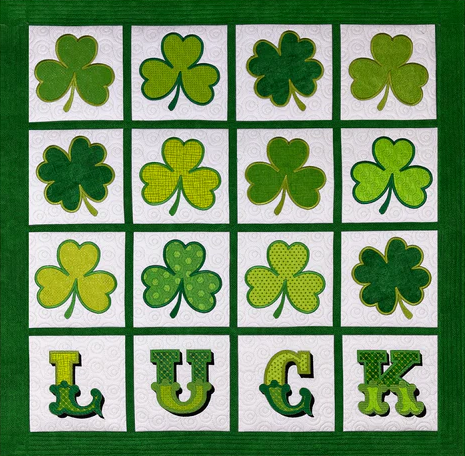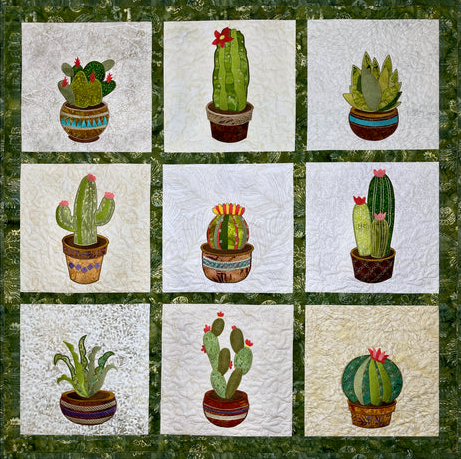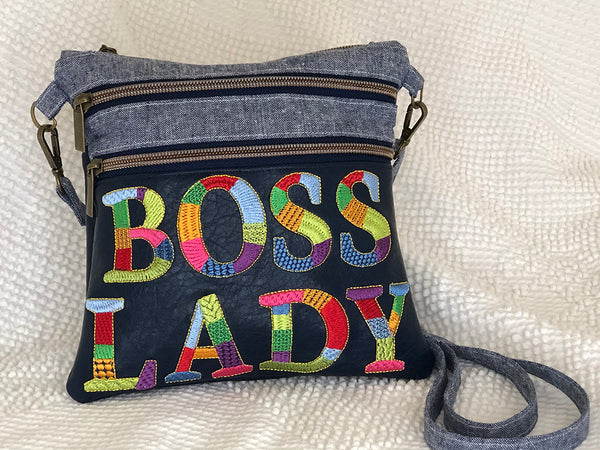HappnStance

Other than my original Fabric Confetti line, I also had another line called HappNstance.
There is a lovely story behind this.
The designs in my HappNstance series are based on floral embroidery designs from Germany in the early 1930s. During this time, my husband’s grandfather, Carl Happ, owned a factory in Berlin that stamped linens with embroidery designs so that they could be hand embroidered.
Carl Happ was born 1879 in Strelno, then still part of Germany, but after WW1 part of Poland. He was the youngest of 11 children. He attended school in Berlin.
In the early 1900s, Carl joined a clothing and textile-manufacturing firm in Berlin, named Tapisserie Fabrik Berlin. After several years, in 1914, he left Tapisserie Fabrik Berlin and teamed up with two friends, Albert Sprinz and a Mr. Mayer to found a competing enterprise, Berliner Tapisserie-Fabrik Sprinz, Happ & Co. (“BTF”). BTF produced hand-painted and machine-imprinted materials including towels, tea-towels tablecloth, pillowcases, etc., for embroidery. In 1932, BTF introduced a confection line of children’s, girls, and ladies fashion. BTF employed a staff of sales representatives who travelled across Germany with samples to sell the collections.
The last known catalog dates back to 1932 and is on display at the Jewish Museum in Berlin. In 1935, BTF was taken over by the Nazi authorities in Berlin and was closed in 1936. The factory was located at the Ritterstrasse 72, in an area called Kreuzberg, today around the corner of what is now the site of the Jewish Museum. The factory housing the BTF was bombed during one of the many allied raids on Berlin and did not survive. From the end of WW2 until the fall of the Berlin wall the original site was located in East Berlin.
In 1938, Carl Happ left Berlin with his family and moved to the Netherlands. They put everything in storage because they had to move inland to hide. Just before the war ended, one of the neighbors ratted out the man hiding the family and the Nazis swooped in to take them away. My mother–in-law was the only survivor. After the war she went back to the storage unit and found that it had not been vandalized.

When the Jewish Museum was opened in Berlin in 2001, my husband’s family donated everything that they had left from the factory to the museum. When I asked my husband about it, he said he would contact the people at the museum and ask them to make photocopies of a 1932 catalog from the company. The people at the museum were wonderful and took digital pictures of every page in the catalog and sent them to us on a CD.



I called this line of patterns HappNstance because “Happ” comes from my husband’s mother’s maiden name, and “stance” from the matter of circumstances that led me to question my husband about the catalogue.
I have adapted some of the designs from the catalogue for the applique flowers in the quilt below. This first pattern is called Marianne. This is the first quilt in the HappNstance series. Marianne, my husband’s mother, is the person who made this all possible.







